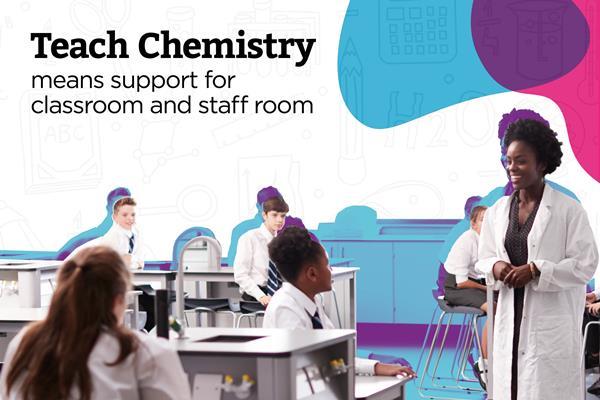Decaffeination – how does it work?

Organic solvent, supercritical carbon dioxide or water? A knowledge of solvents and solutions is essential for removing caffeine from your daily cuppa
The British are a nation of tea lovers and coffee enthusiasts but an increasing number of us are switching to the decaffeinated version of our daily cuppa.
This article explains how the caffeine is removed from tea leaves and coffee beans, using organic solvents, supercritical carbon dioxide or water and the role played by chemists. Perfect context for showing students how their learning of solutions and separation techniques is relevant to the real world.
Thanks for using Education in Chemistry. You can view one Education in Chemistry article per month as a visitor.

Register for Teach Chemistry for free, unlimited access
Registration is open to all teachers and technicians at secondary schools, colleges and teacher training institutions in the UK and Ireland.
Get all this, plus much more:
- unlimited access to resources, core practical videos and Education in Chemistry articles
- teacher well-being toolkit, personal development resources and online assessments
- applications for funding to support your lessons
Already a Teach Chemistry member? Sign in now.
Not eligible for Teach Chemistry? Sign up for a personal account instead, or you can also access all our resources with Royal Society of Chemistry membership.



